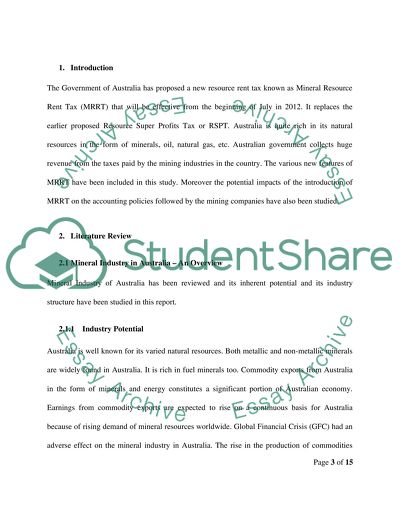Cite this document
(“Accounting and Society(The Minerals Resource Rent Tax) Essay”, n.d.)
Retrieved from https://studentshare.org/finance-accounting/1398133-accounting-and-societythe-minerals-resource-rent
Retrieved from https://studentshare.org/finance-accounting/1398133-accounting-and-societythe-minerals-resource-rent
(Accounting and Society(The Minerals Resource Rent Tax) Essay)
https://studentshare.org/finance-accounting/1398133-accounting-and-societythe-minerals-resource-rent.
https://studentshare.org/finance-accounting/1398133-accounting-and-societythe-minerals-resource-rent.
“Accounting and Society(The Minerals Resource Rent Tax) Essay”, n.d. https://studentshare.org/finance-accounting/1398133-accounting-and-societythe-minerals-resource-rent.


